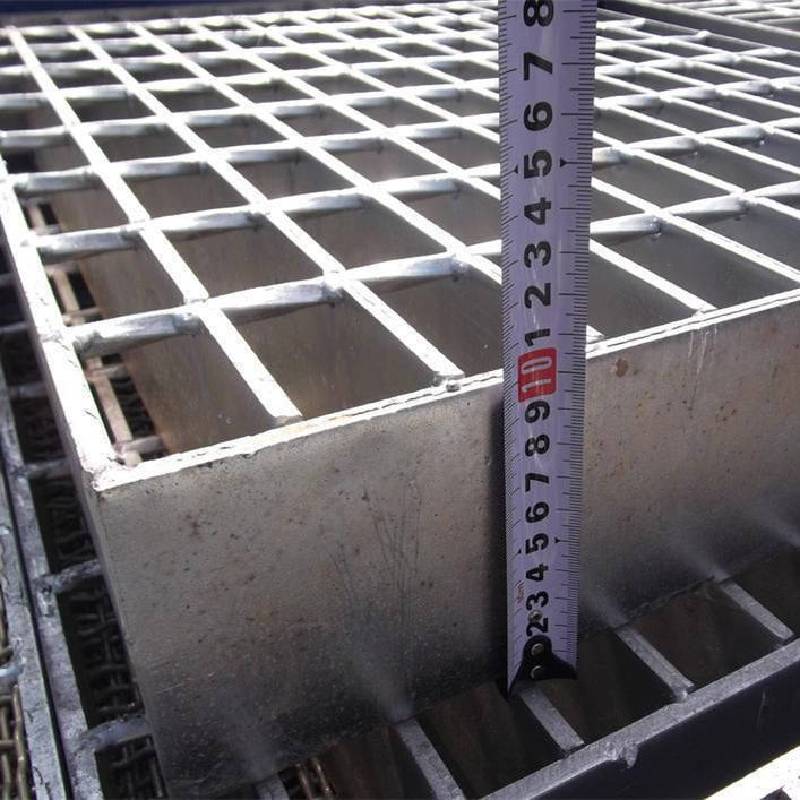Building a Pipe Fence with Cattle Panel A Practical Guide
When it comes to establishing a secure and functional boundary for livestock or property, a pipe fence with cattle panels is an excellent choice. Not only does it provide a sturdy enclosure, but it also adds a modern touch to the landscape. This article will guide you through the process of building a pipe fence with cattle panels, offering tips and considerations to ensure you achieve a durable and attractive result.
Understanding Pipe Fencing
Pipe fencing is made from metal pipes that are welded or bolted together to create a strong, long-lasting barrier. This type of fencing is especially beneficial in areas where livestock is present, as it can withstand harsh conditions and deter escape attempts. The addition of cattle panels enhances the structure by providing vertical barriers that prevent smaller animals from slipping through while maintaining visibility.
Materials Needed
To begin your project, gather the following materials
1. Metal Pipes Depending on the size and type of posts you choose (typically 2-inch to 4-inch diameter), select enough to create your desired fence height.
2. Cattle Panels These typically come in 16-foot sections, consisting of horizontal and vertical bars. They are durable and can easily handle the weight of larger livestock.
3. Post Caps (optional) These can be added for aesthetic purposes and to prevent water from entering the top of the pipes.
4. Concrete To secure the posts in the ground, a mix of concrete will be necessary.
5. Tools You will need a post hole digger, level, measuring tape, welder or bolt kit, hammer, and saw for any adjustments.
Planning Your Fence
Before starting the construction, it's essential to plan your fence layout. Mark the area using stakes and string to outline the perimeter. Make sure to consider any natural features of the land, such as slopes or existing structures. Determining the fence line will help in calculating the number of posts and panels required.
Setting the Posts
1. Dig Holes for the Posts Using the post hole digger, excavate holes that are at least 2 feet deep (or 1/3 the post height) to ensure stability.
2. Insert the Posts Place each post in a hole, ensuring they are vertical using a level. It’s advisable to space them about 8 to 12 feet apart, depending on the rigidity of the cattle panels.
3. Pour Concrete Pour the concrete around the base of each post and allow it to cure as per the manufacturer's instructions, typically 24 to 48 hours.
pipe fence with cattle panel
Attaching Cattle Panels
Once the posts are set and secure, it’s time to attach the cattle panels
1. Position the Panels Lay the cattle panels flush against the posts. Make sure they are level and aligned along the fence line.
2. Secure the Panels Use a welder to attach the panels directly to the posts or use clamps and bolts for a removable option. Ensure that each intersection is tightly secured to add strength to the structure.
3. Repeat Continue this process until all panels are installed, checking for straightness and alignment as you go.
Finishing Touches
After the panels are in place, it’s time for the finishing touches. Consider adding post caps to avoid water accumulation and enhance the fence’s aesthetic appeal. Additionally, you may want to apply a protective coating to the metal if you live in a region with harsh weather conditions to prevent rust and corrosion.
Maintenance Tips
A pipe fence with cattle panels is generally low-maintenance. To keep it in optimal condition
- Regularly check for any signs of rust or damage and take necessary actions promptly.
- Clean the panels and posts to remove dirt and debris, which can deteriorate the materials over time.
- Inspect the area for weak spots or any ground shifts that may require adjustments to the fence.
Conclusion
A pipe fence with cattle panels is an attractive, durable option for those looking to enclose livestock or secure property boundaries. By following these steps, you can create a functional fence that meets your needs while enhancing the overall appearance of your land. Whether you're a seasoned builder or a novice, this project offers a rewarding way to combine practicality with aesthetics in your outdoor space.























